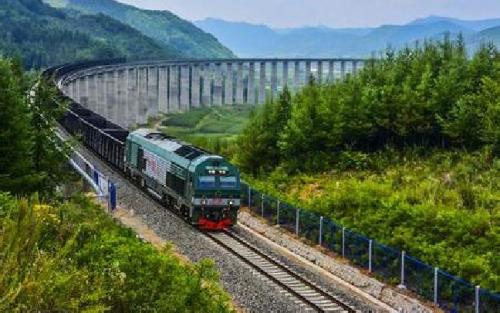Access to safe drinking water is still not available to every Laotian. In the past, local residents at a village in Vangvieng District in Vientiane Province, some 70 km north of the Lao capital Vientiane, had to drink water with exceeded microbial and turbidity.
In order to bring safe water to local villagers, the Sinohydro Bureau 14, which is building a section of China-Laos railway running by the village, planned and built a drinking water system for the village in early August.
The project benefited 245 families in the village, providing drinking water to 1,225 local residents as well as school teachers and students.
While expressing his gratitude, deputy head of Vangvieng District Bounchanh hoped that the two countries will strengthen cooperation and exchanges to fulfill the “railway dream.”
“We have established good friendship, mutual trust and mutual support. We believe that with our joint efforts, we will be able to well build the China-Laos railway,” project leader of Sinohydro Bureau 14 Xu Youliang said.
The China-Laos railway has a total length of 414.332 kilometers with over 62.7 percent of bridges and tunnels, linking Mohan-Boten border gate in northern Laos and capital Vientiane.
Operating speed on the route is designed at 160 km per hour. Construction of the project, which started in December, 2016, is scheduled for five years.
China-Laos railway is the first overseas route connecting with the railway system in China, using Chinese technology, equipment and investment.

Comments RSS Feed